Pandas是非常常见的数据分析工具,我们一般都会处理好处理数据然后使用searbon或matplotlib来进行绘制。但在Pandas内部就已经集成了matplotlib,本文将展示Pandas内部的画图方法。
在Pandas中内置的画图方法如下几类,基本上都是常见的画图方法。每种方法底层也是使用的matplotlib。
line : line plot (default)
bar : vertical bar plot
barh : horizontal bar plot
hist : histogram
box : boxplot
density/kde : Density Estimation
area : area plot
pie : pie plot
scatter : scatter plot
hexbin : hexbin plot
在进行画图时我们有两种调用方法:
df = pd.DataFrame({
'sales': [3, 3, 3, 9, 10, 6],
'signups': [4, 5, 6, 10, 12, 13],
'visits': [20, 42, 28, 62, 81, 50],
}, index=pd.date_range(start='2018/01/01', end='2018/07/01', freq='M'))
# 方法1,这种方法是高层API,需要制定kind
df.plot(kind='area')
# 方法2,这种方法是底层API
df.plot.area()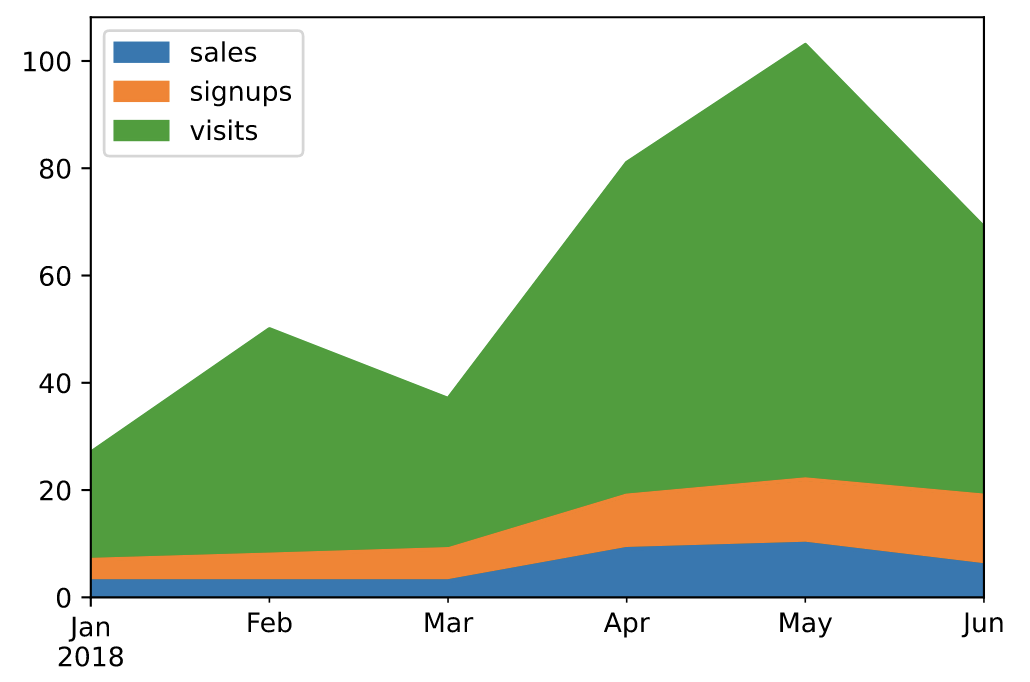
面积图直观地显示定量数据下面的区域面积,该函数包装了 matplotlib 的area函数。
# 默认为面积堆叠 df.plot(kind='area')

# 设置面积不堆叠 df.plot.area(stacked=False)
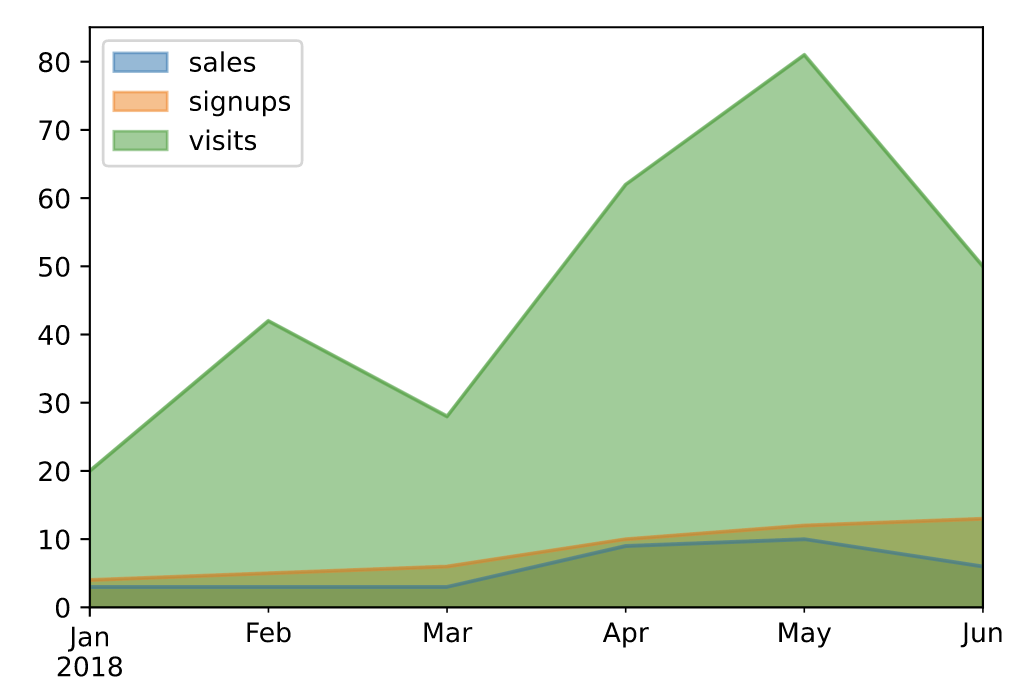
# 手动指定坐标轴 df.plot.area(y='sales', x='signups')

条形图是一种用矩形条显示分类数据的图,矩形条的长度与它们所代表的值成比例。条形图显示离散类别之间的比较。图的一个轴显示比较的特定类别,另一个轴表示测量值。
df = pd.DataFrame({'lab':['A', 'B', 'C'], 'val':[10, 30, 20]})
# 手动设置坐标轴
ax = df.plot.bar(x='lab', y='val', rot=0)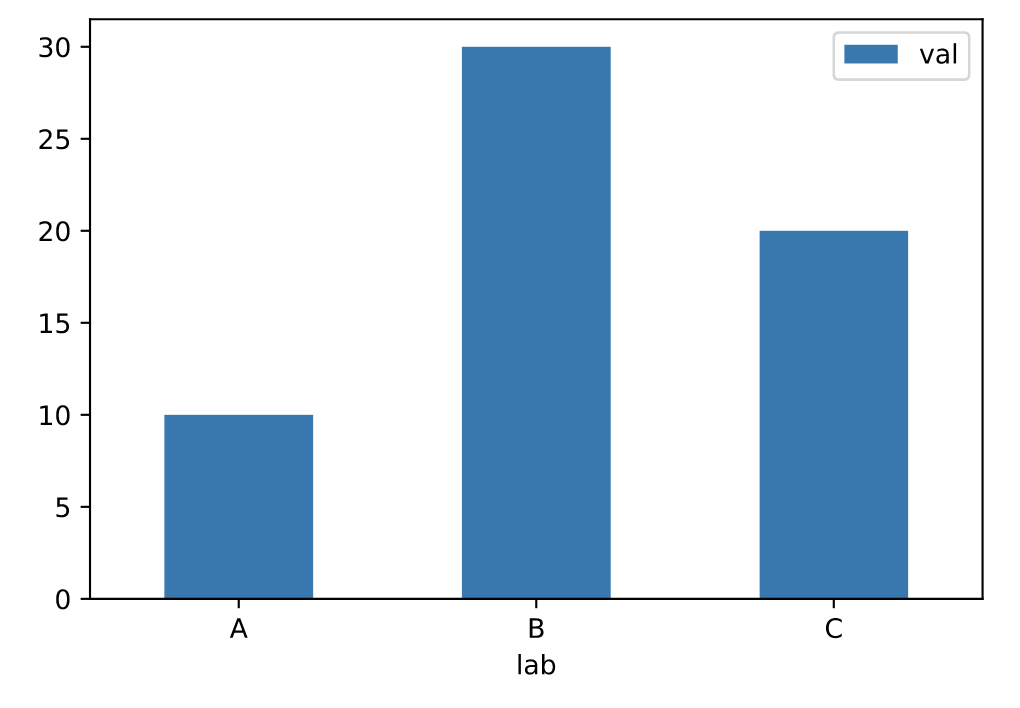
# 并排绘制 df.plot.bar(rot=0)
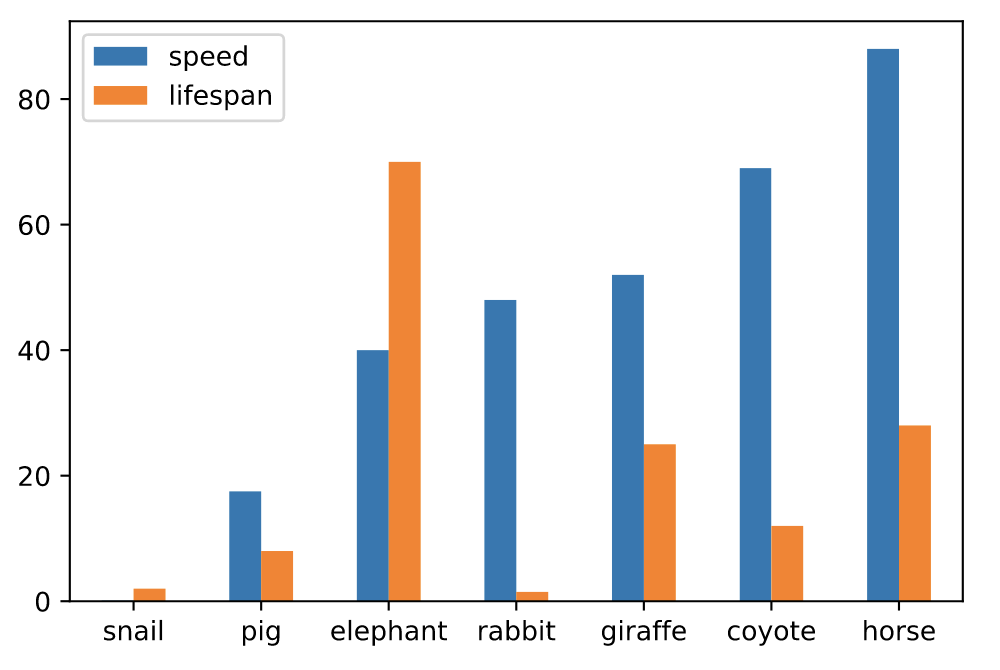
# 堆叠绘制 df.plot.bar(stacked=True)

# 分图绘制 axes = df.plot.bar(rot=0, subplots=True) axes[0].legend(loc=2) axes[1].legend(loc=2)

水平条形图是用矩形条形表示定量数据的图表,矩形条形的长度与它们所代表的值成正比。条形图显示离散类别之间的比较。
# 并排绘制 df.plot.barh(rot=0)
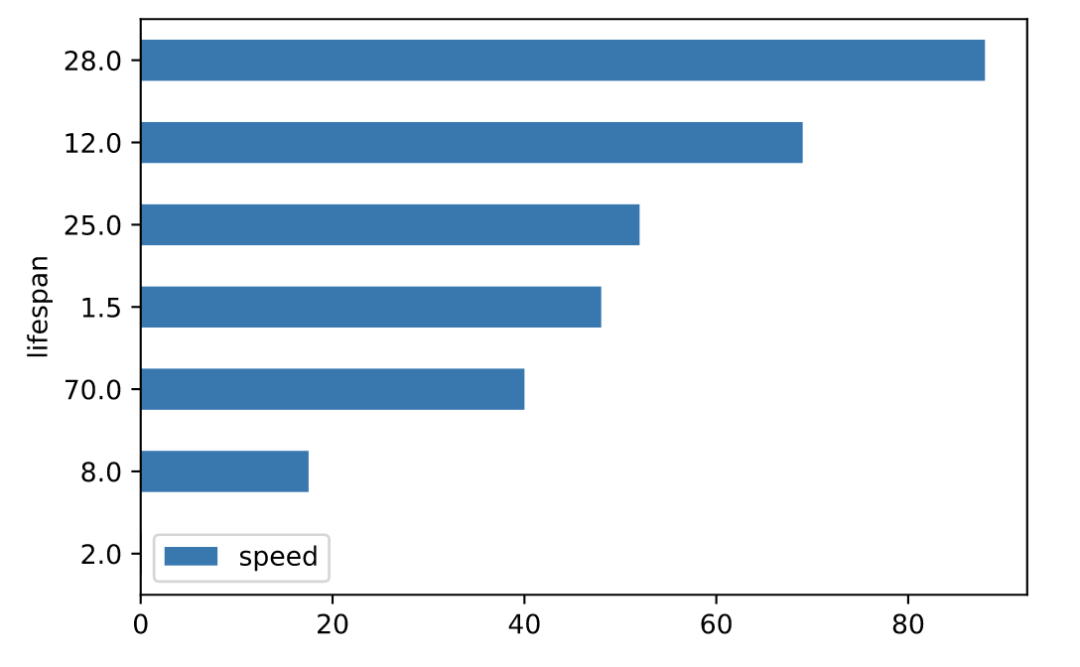
# 堆叠绘制 df.plot.barh(stacked=True)
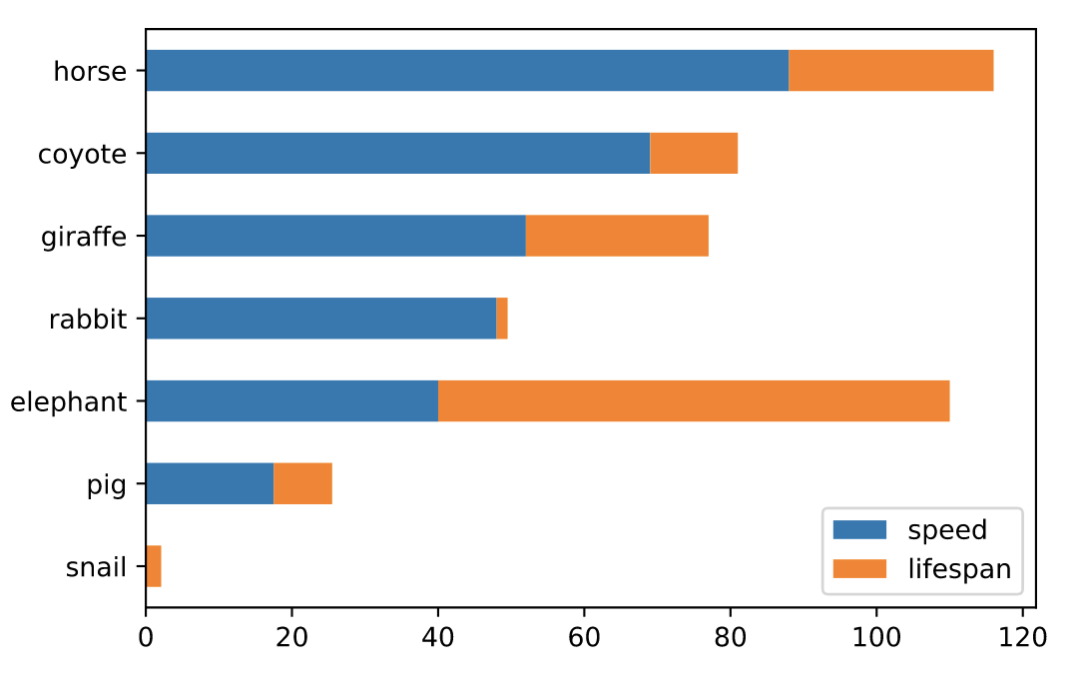
箱线图是一种通过四分位数以图形方式描绘数值数据组的方法。该框从数据的 Q1 到 Q3 四分位值延伸,在中位数 (Q2) 处有一条线。
age_list = [8, 10, 12, 14, 72, 74, 76, 78, 20, 25, 30, 35, 60, 85]
df = pd.DataFrame({"gender": list("MMMMMMMMFFFFFF"), "age": age_list})
ax = df.plot.box(column="age", by="gender", figsize=(10, 8))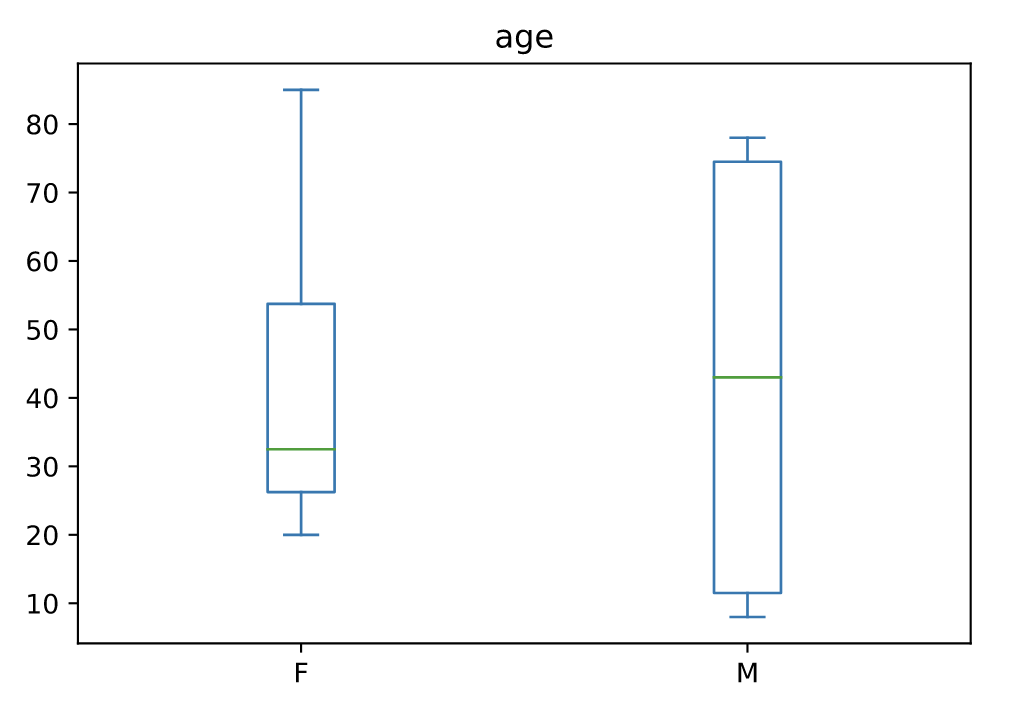
核密度估计 (KDE) 是一种估计随机变量的概率密度函数 (PDF) 的非参数方法。
s = pd.Series([1, 2, 2.5, 3, 3.5, 4, 5]) ax = s.plot.kde()
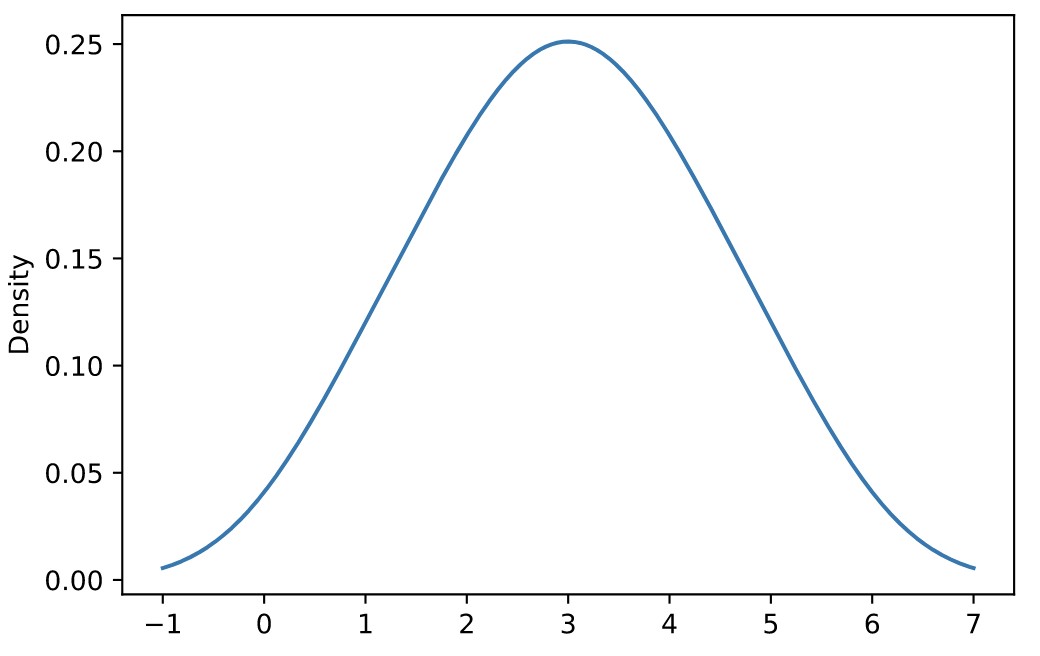
df = pd.DataFrame({
'x': [1, 2, 2.5, 3, 3.5, 4, 5],
'y': [4, 4, 4.5, 5, 5.5, 6, 6],
})
ax = df.plot.kde()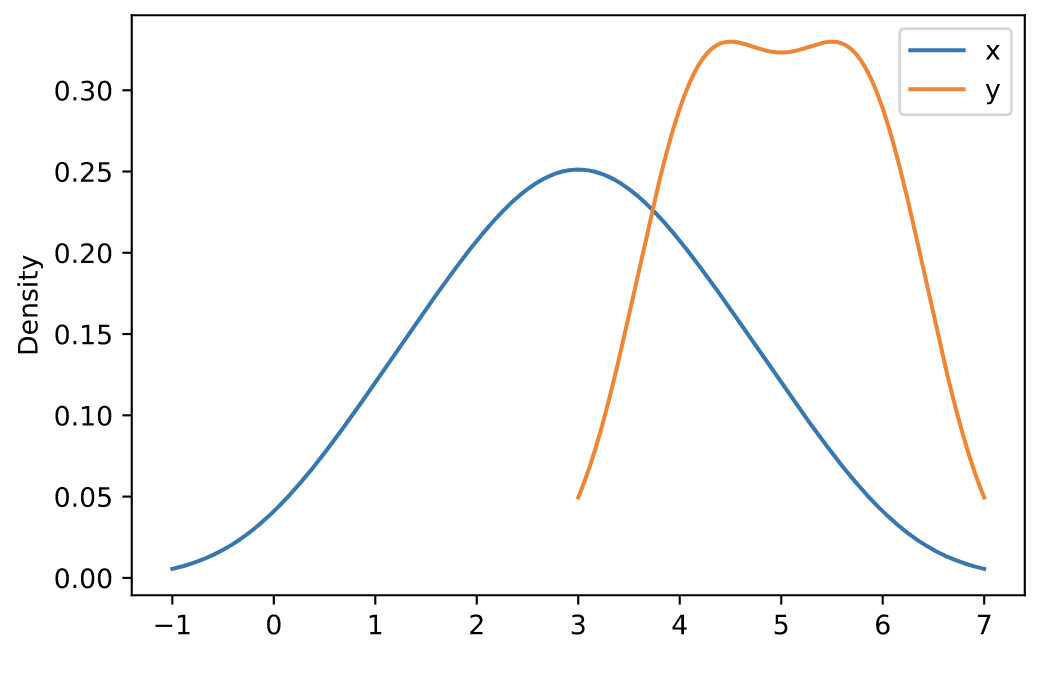
和热力图类似,具体的颜色按照密度来进行展示。但形状使用六边形图代替。
n = 10000
df = pd.DataFrame({'x': np.random.randn(n),
'y': np.random.randn(n)})
ax = df.plot.hexbin(x='x', y='y', gridsize=20)
df = pd.DataFrame(
np.random.randint(1, 7, 6000),
columns = ['one'])
df['two'] = df['one'] + np.random.randint(1, 7, 6000)
ax = df.plot.hist(bins=12, alpha=0.5)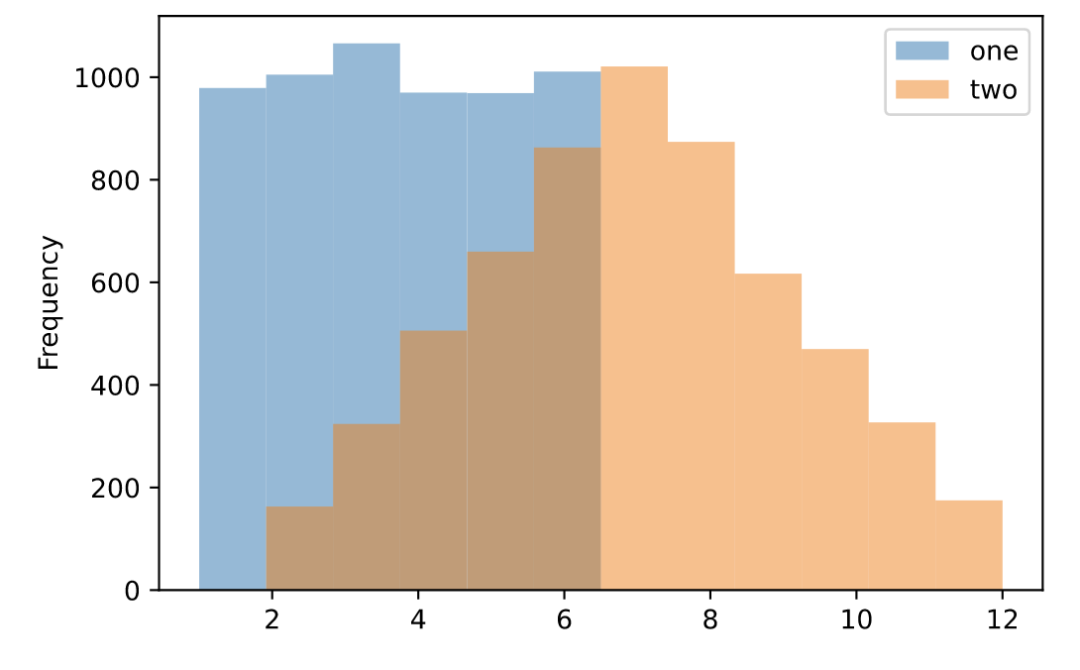
s = pd.Series([1, 3, 2]) s.plot.line()
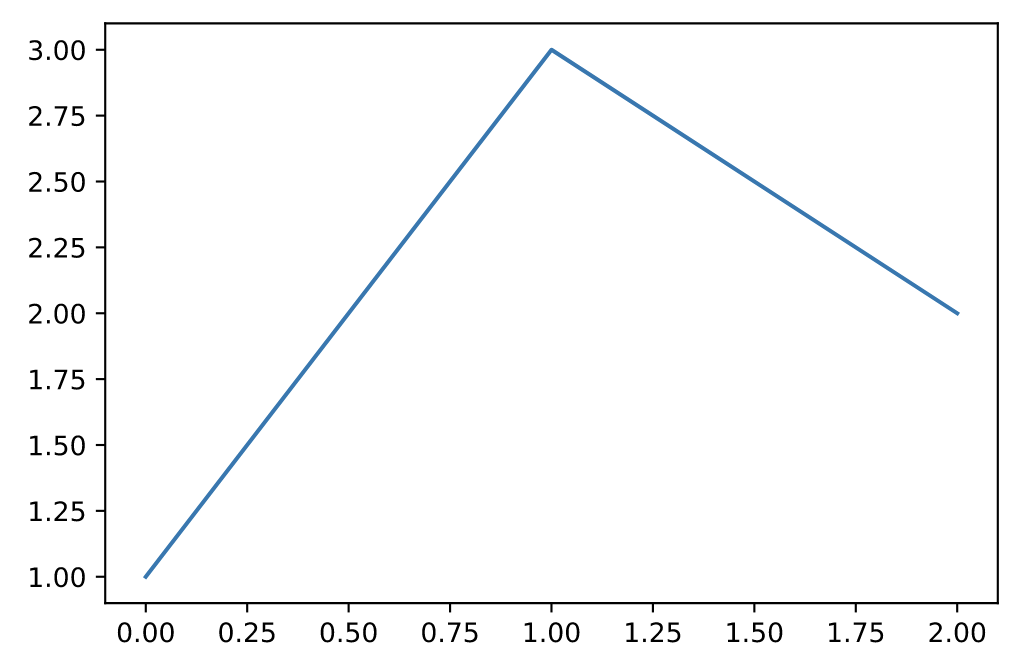
df = pd.DataFrame({
'pig': [20, 18, 489, 675, 1776],
'horse': [4, 25, 281, 600, 1900]
}, index=[1990, 1997, 2003, 2009, 2014])
lines = df.plot.line()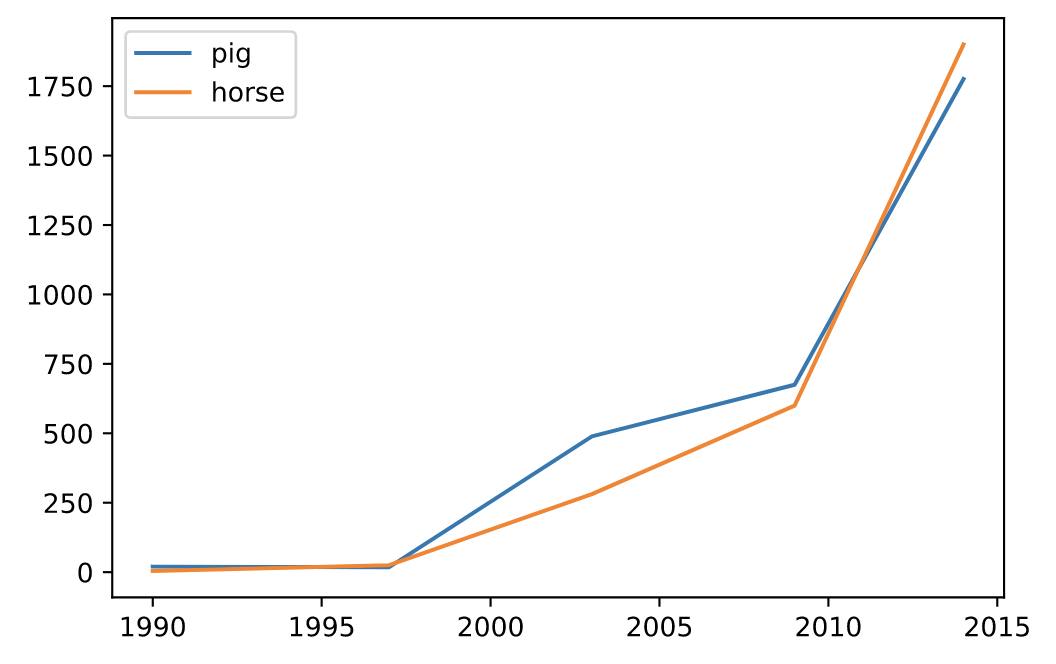
df = pd.DataFrame({'mass': [0.330, 4.87 , 5.97],
'radius': [2439.7, 6051.8, 6378.1]},
index=['Mercury', 'Venus', 'Earth'])
plot = df.plot.pie(y='mass', figsize=(5, 5))
# 默认使用index进行分组 df.plot.pie(subplots=True, figsize=(11, 6))
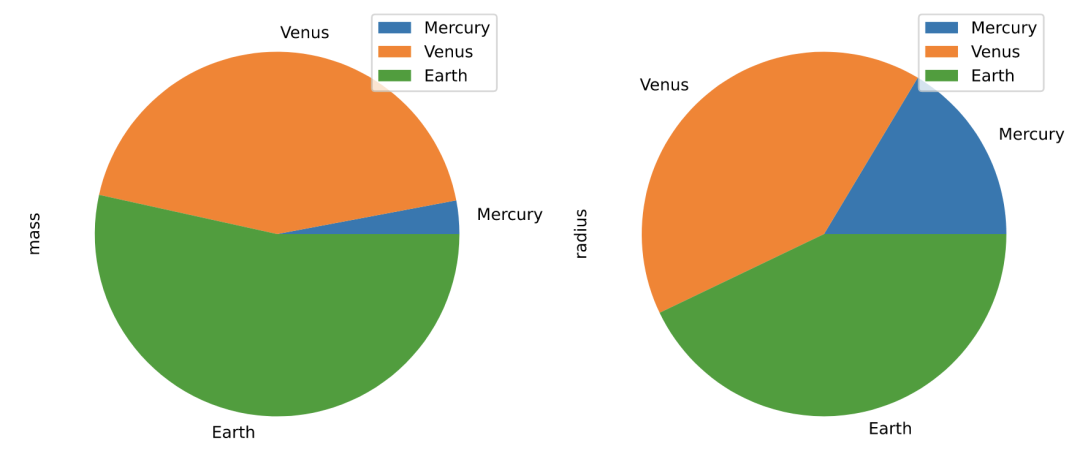
df = pd.DataFrame([[5.1, 3.5, 0], [4.9, 3.0, 0], [7.0, 3.2, 1],
[6.4, 3.2, 1], [5.9, 3.0, 2]],
columns=['length', 'width', 'species'])
ax1 = df.plot.scatter(x='length',y='width', c='DarkBlue')